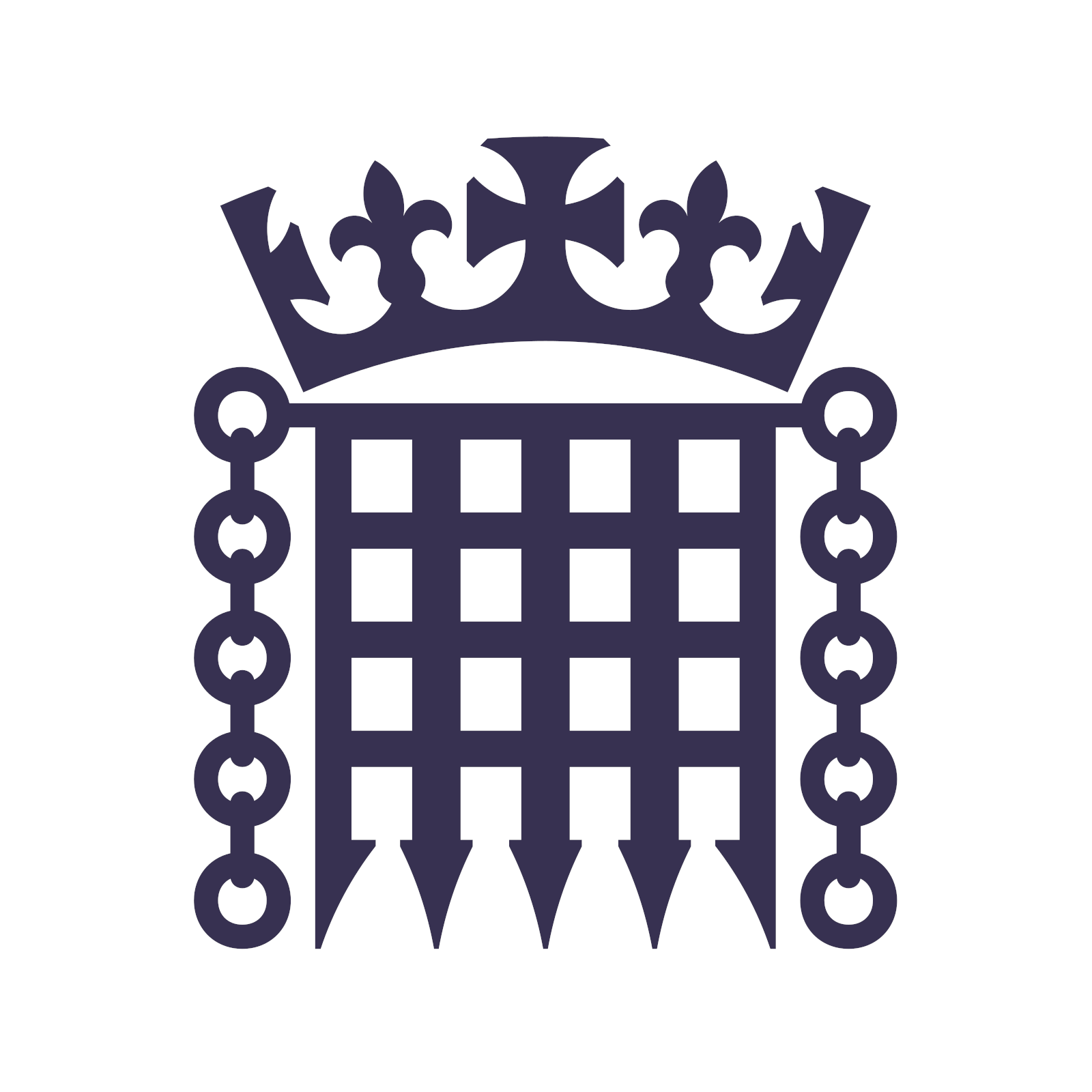

I’m not sure there are any power grids past the tens-of-megawatt range that aren’t just a 2/3/4 terminal HVDC link.
Railway DC supplies usually just have fat rectifiers and transformers from the AC mains to supply fault current/clearing and stability.
Ships are where I would expect to start seeing them arrive, or aircraft.
Almost all land-based standalone DC networks (again, not few-terminal HVDC links) are heavily battery backed and run at battery voltage - that’s not practical once you leave one property.
I’m sure there are some pretty detailed reports and simulations, though. A reduction in cost of multi-kV converters and DC circuit breakers is essential.




Even 95% is on the low side. Most residential-grade PV grid-tie inverters are listed as something like 97.5%. Higher voltage versions tend to do better.
Yeah, filters essentially store power during one part of the cycle and release it during another. Net power lost is fairly minimal, though not zero. DC needs filtering too: all those switchmode power supplies are very choppy.